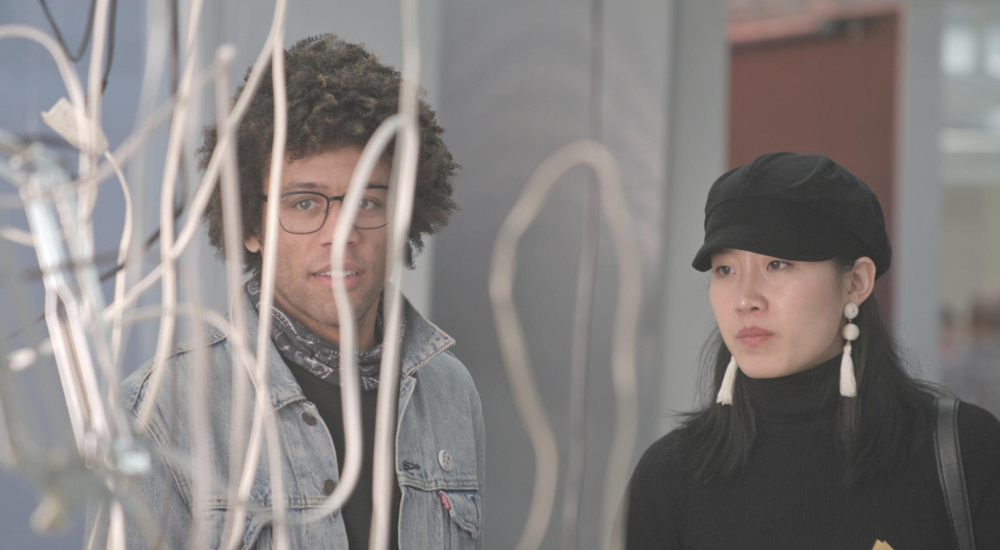"Do we need art?"
Art. What makes it great, relevant, and, most importantly, valuable? What makes an artist current and marketable?
These questions are what Kelcey Edwards works to uncover in her eye-opening documentary The Art of Making It. Following a select group of artists from across the perceived spectrum of success, Edwards beautifully articulates the irony within the creative world. Where else can one man's opinion outweigh that of another, so long as they bear the social designation of an expert?
The film, shot during the early months of 2020, highlights its subjects' styles and creative directions, interweaving their inspiration and purpose to form a much larger picture. Creators, regardless of medium, are inspired by someone or something. Their art represents a tangible extension of their beings. Edwards dials in on that aspect, giving a heart and soul to her subjects, allowing them to speak freely and share their "why."
As they deepen the conversation, speaking of their past experiences within the art world, you can't help but notice a hesitation. One of the featured artists, Chris Watts, was kicked out of his graduate program at Yale when they didn't feel he played into the regulated system they were unapologetically promoting. The story is repeated several times with other artists, though never to such a toxic degree as they find themselves drowning in debt in an effort to be taken seriously.
We watch as Jenna Gribbon, an immensely talented painter, succumbs to the pressure and expectation by enrolling in a graduate program. Though she has already generated a name for herself, the MFA degree opens the door to grants and more prominent galleries. It allows her to provide for both herself and her child. She doesn't need it, but she plays the game, adhering to the rules in exchange for a sense of financial security.
Edwards ebbs and flows between the artists, following them as they search for a place to belong amid the growing number of individuals who claim the profession. New York and Los Angeles carry a heavy financial burden. As a result, there is a need to be commercially successful as rent continues to increase, giving literal meaning to the "starving artist" mantra. But Edwards isn't looking for a pity party.
An industry historically controlled by the wealthy, The Art of Making It works to educate the consumer while humanizing the artist. While each struggle isn't entirely unique, their particular journey is. Sacrifices aside, these beings put their heart and soul on the line, longing for acceptance by a group who often look at parameters outside of the marksmanship in deciding what is and isn't great art.
But as each artist contemplates their future, working to make a living doing what they love, they must look internally. That becomes more prominent as the film pushes forward in time to the post-pandemic era. Creative artists were some of the hardest hit by the global lockdown. With that hit came an industry shift as luxury galleries pivoted online, and the NFT became a powerful construct.
Edwards doesn't answer many questions. She isn't trying to. But The Art of Making It does put a face to the industry as it dissects the true meaning behind success. Proving that it, much like art, is open to interpretation.

